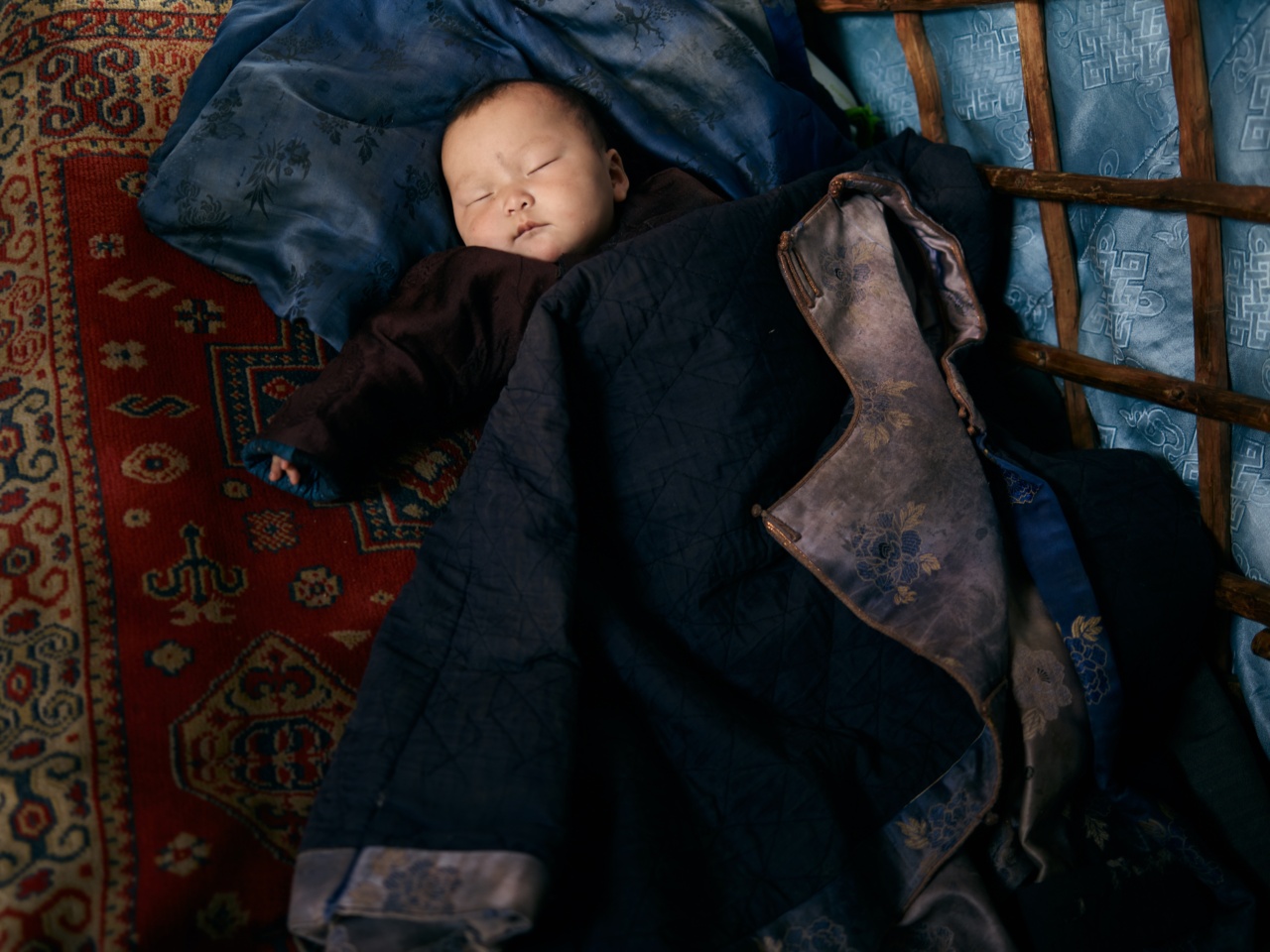As a new parent, ensuring your baby’s safety while they sleep is your top priority.
One of the most significant concerns in this regard is Sudden Infant Death Syndrome (SIDS), a heartbreaking condition where a seemingly healthy baby dies suddenly and unexpectedly during sleep. SIDS can be unpredictable, but there are some steps you can take to reduce the risk of SIDS and promote safe sleep for your baby. In this article, we will discuss expert guidance on baby sleep safety and SIDS prevention.
What is SIDS?
SIDS is the sudden and unexpected death of a seemingly healthy baby who is younger than one year old.
The precise cause of SIDS is unknown, but it is suspected that some babies are born with a physical vulnerability that makes them susceptible to environmental stressors. These stressors could include a blockage in the airway or problems with the control of breathing or heart rate. SIDS often occurs during sleep, and the term “crib death” is sometimes used to describe it.
SIDS is rare, but it remains a leading cause of infant death in developed countries, despite extensive research on the subject.
How to Promote Safe Sleep for Your Baby?
While there are some things we cannot control when it comes to SIDS, there are steps we can take to promote safe sleep for our babies. Here are some expert recommendations for promoting safe sleep.
1. Always Put Your Baby to Sleep on Their Back
This position has been shown to reduce the risk of SIDS significantly. When babies sleep on their stomachs, they can become overheated, and their airways can become obstructed, which could lead to SIDS.
2. Stay Away from Soft Bedding and Soft Objects in your Baby’s Sleeping Area
Soft bedding, including pillows, blankets, and stuffed animals, can increase the risk of SIDS since they can cause suffocation. Keep the crib free of these objects, and opt for a firm, tight-fitting mattress with a cotton sheet.
3. Place Your Baby in the Crib, Bassinet or a Safety-approved Sleeper
It is essential to provide an appropriate sleeping environment for your baby, and this means placing them in a crib, bassinet, or safety-approved sleeper.
Do not place your baby to sleep on a couch, chair, or any other surface that may not be safe for babies to sleep.
4. Consider Room-Sharing with Your Baby
Research shows that the risk of SIDS is lower when babies sleep in the same room as their parents for the first six months of life.
However, the American Academy of Pediatrics warns against bed-sharing, as it can increase the risk of SIDS and other sleep-related causes of infant death. Instead, opt for a separate sleeping surface for your baby in the same room.
5. Avoid Overheating Your Baby
Overheating can cause a baby to sleep deeply and exacerbate the risk of SIDS. Keep the room temperature between 68-72 degrees Fahrenheit and dress your baby appropriately.
You could consider using a wearable blanket as an alternative to a traditional blanket.
6. Breastfeeding is Recommended
There is evidence that breastfeeding can reduce the risk of SIDS by up to 50%. Breastmilk provides some protection against infection, which could contribute to SIDS.
While breastfeeding is not a guarantee against SIDS, it is worth considering due to its other benefits for both mother and baby.
Knowing When to Seek Medical Attention
While SIDS can occur unpredictably, there are warning signs that could alert you to seek medical attention for your baby. Seek medical attention if you notice any of the following:.
- Your baby has a fever
- Your baby is lethargic or unresponsive
- Your baby is vomiting or has diarrhea
- Your baby has difficulty breathing or is breathing too fast or too slowly
These symptoms could indicate an underlying medical condition or infection that may need treatment, and early intervention could make a significant difference.
Conclusion
SIDS is a heart-breaking condition that affects families worldwide, and while it may be unpredictable, there are steps we can take to reduce the risk of SIDS and promote safe sleep for our babies.
Always remember to place your baby on their back to sleep, avoid soft bedding and objects in the sleeping area, provide an appropriate sleeping environment, consider room-sharing, avoid overheating your baby, and breastfeed if possible. If you notice any warning signs, seek medical attention promptly. Sleep safely, little one.































